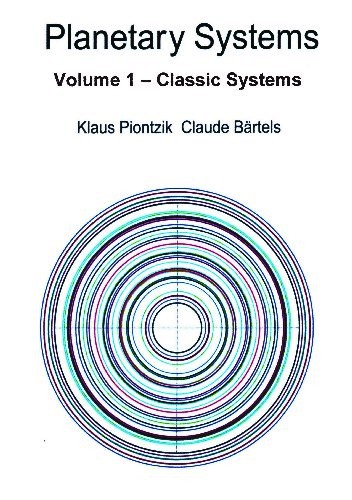| Copyright © Klaus Piontzik | ||
| German Version |
| Between 1978 and 1979, special frequency measurements took place in Pfaffenhofen by Baumer and Sölling. With a narrow bandwidth (2 kHz), the frequencies from 10 and 27 kHz were continuously recorded to 10 and 27 kHz by a reception facility. The range of the receiver was limited to 400-500 km. This led to the discovery of the Sferics, which are also known as weather frequencies: |
| 4150.84 Hz 6226.26 Hz 8301.26 Hz 10377.10 Hz 12452.52 Hz 28018.17 Hz 49810.08 Hz |
See also "Das natürliche elektromagnetische Impuls-Spektrum der Atmosphäre" 1982
from Baumer and Eichmeier and in "Sferics" page 285, 1987 from Hans Baumer
|
| The Sferic basic frequency is 4150.84
Hz. The other frequencies represent only harmonics, are therefore harmonic ratios to the sferic basic frequency. A prime factorization with regard to the two basic frequencies of the earth is used as follows: |
| Equator radius | 4150.84 : 11.75 = 353.263 » 353 = Prime |
| Polar radius | 4150.84 : 11.79 = 352.064 » 352 |
| 352 = 11 · 32 = 11 · 25 |
| The back calculation for the Sferics proves: |
| For the Equator radius: | 11.75 · 11 · 25 = 4136.27 Hz |
| For the Polar radius: | 11.79 · 11 · 25 = 4150.19 Hz |
| he equatorial radius has a difference of 14.57 Hz to the sferic basic frequency.
The polar radius has a difference of 0.65 Hz to the sferic basic frequency. The sferic basic frequency is used as a reference to define the earth basic fre-quency: 4150.84 : 352 = 11.79215909 = corrected basic frequency |
| 3.1.1 - Definition: | f0 = 11.7921591 Hz = Earth basic frequency |
| 3.1.2 - Theorem: | The sferic basic frequency is the 5th octave of the 10th harmonic of the earth basic frequency. |
| Comment: 11th natural frequency = 10th harmonic Taking any frequency as basic frequency, then this is also known as first natural frequency. Then, the first harmonic to the basic frequency is the second natural frequency. General: the n-th harmonic is the (n + 1)-th natural frequency. Comparing the measured Sferic frequency with the two derived frequencies is the consequence that the Sferic frequency stands in relation to the polar radius and not to the equatorial radius. The difference between pole frequency and the frequency of equator is about 14 Hertz. In his book "The cosmic octave" (pages 38-41), Cousto establishes a link between sferic frequency and sideral day. After a sidereal day the Sun in relation to the stars is again in the same place in the sky. This corresponds to a geometric full rotation of the earth by 360° in a star fixed system. The mean sidereal day of the earth takes 23 hours, 56 minutes, 4.099 seconds. The comparison of the sferics with the rotation of the earth provides a difference of about 3 Hz. To maintain the link between sferics and sideral day, Cousto devide down the sferic frequencies (page 199) and could then compare it with the devided generated tone scale. Through this division, also the error is reduced accordingly. If one make a reference to the polar radius, this "calculating trick" is not necessary. It is also sometimes read, that the difference is interpreted as measurement error. Here should be in mind the following: The measured value for the sferic basic frequency is specified with 2 digits behind the decimal point. Thus amounts the error not more than ±0.05 Hz or with a certain generosity ± 0.1 Hz. If one is directed to the information of Cousto and interprets the measuring value with a mistake of 14 Hz, the whole measurement would be useless, because it would be afflicted with a systematic mistake. Nevertheless, today's measurements, just in the electro technical field (also with frequency), are very precise, so that the information of 4,150.84 Hz is to be considered as correct. As the oscillation approach also points, the sferic basic frequency can be derived (inaccuracy <0.7 Hz) with enough exactness. The harmonics generated by the earth basic frequency are afflicted, about the whole frequency spectrum of the Sferics, with an inaccuracy of smaller than 0.7 Hz. With Cousto the difference becomes bigger and bigger between sferic value and calculated equatorial value with rising frequency. Because of this lacking convergence this is, mathematically seen, a sure indicator for the fact that the solution published by Cousto shows only an approximation. |

|
200 sides, 23 of them in color 154 pictures 38 tables Production und Publishing: ISBN 978-3-7357-3854-7 Price: 25 Euro |